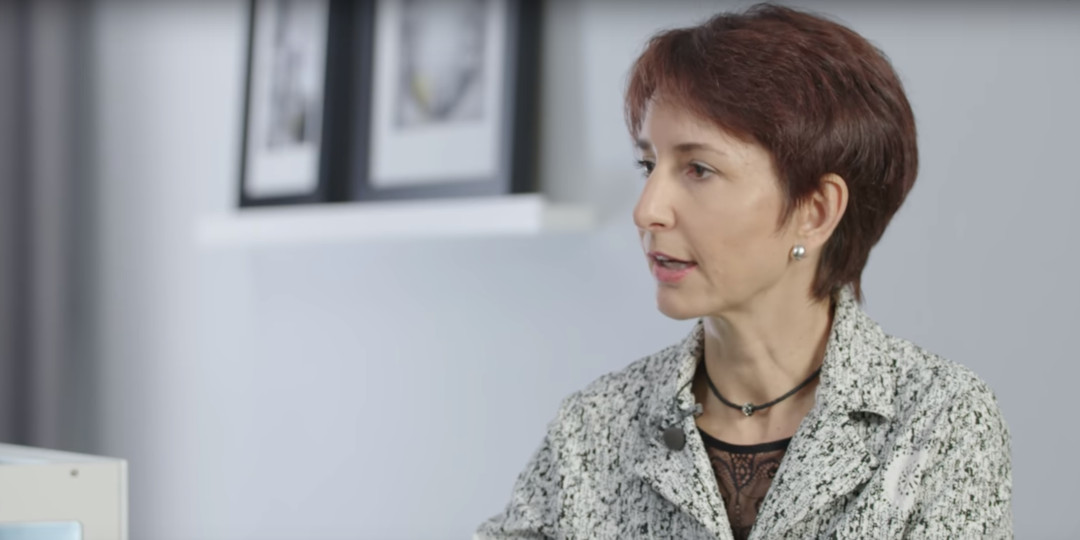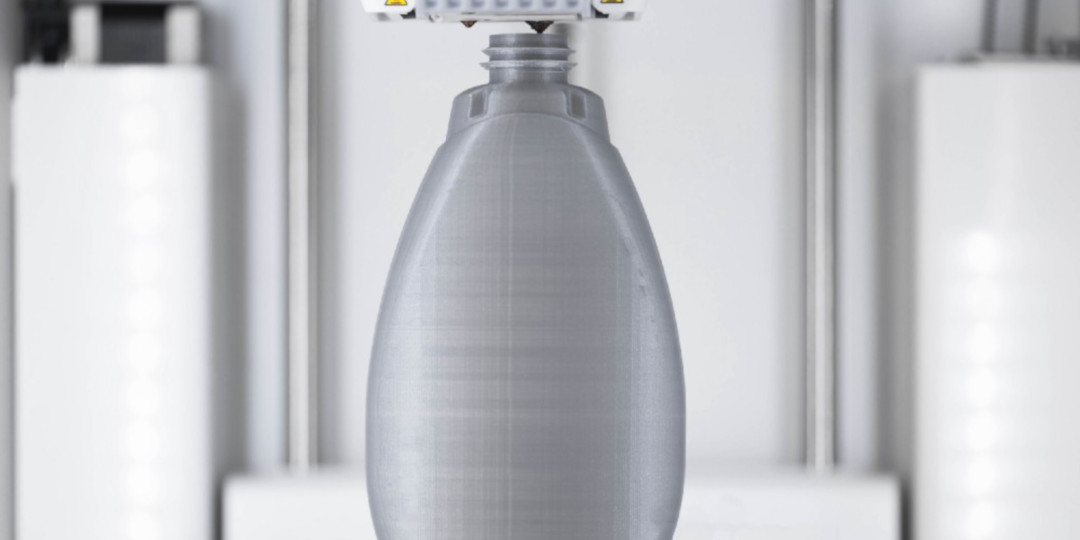In the retail world, expectations and shopping habits are shifting – and they’re doing so at an exponential rate.
“Our consumers have changed a lot in the last three years – more than in the last 30 years,” Anne Debauge, Digital Manager of Packaging and Development at L’Oréal, said. “They now want everything, at any time from anywhere.”
To succeed, adapt
This change, however, means businesses must be adaptive, forward-thinking, and innovative if they are to stay ahead of the pack. That’s why L’Oréal started a digital transformation program.
The program’s top priority is a direct answer to consumer ambition: accelerating time to market.
This called for a behind-the-scenes shake-up – one that could be achieved through the use of 3D printers. By using the technology in the development of a packaging injection mold, L’Oréal was able to move from an idea to a physical prototype in as little as one or two days – quite the improvement from the six months it would have taken using traditional methods of manufacturing. Using 3D printing, a L’Oréal blog post states, the company created 14,000 packaging prototypes in 2017.
L’Oréal uses 3D printers to create packaging prototypes for various products
L’Oréal also used 3D printers to create tools to control product quality – jigs that would help correctly and accurately position labels, for example – and spare parts for packaging plants.
“For a new packaging format, the delay can be up to 15 weeks to have a spare part format to snap a cab for the transportation of a jar,” Debauge said. “With 3D printing, we can print at home and it’s really quick for the team to begin production.”
Start small, end big
As of December 2018, L’Oréal is home to 27 3D printers, used by packaging teams in the United States, Asia, and Europe. But L’Oréal’s transformation was gradual, beginning with an Ultimaker 2 Go. This allowed engineers to develop an understanding of the technology, as well as convince stakeholders that moving forward and scaling up was beneficial to bottom lines and business practices. The company then opened a 3D lab, upgrading to four Ultimaker 3 3D printers. Then came the opportunity to test the Ultimaker S5.
“It’s really great; the results are very great,” Debauge said. “We have more choice about material. We have a better reproducibility of the pieces. The size of the [build] plate is bigger, so we can manage more print parts at the same time.”
Looking ahead
As for the future, L’Oréal has big plans. There’s the potential for mass production, of course, as well as small-batch production, perfect for manufacturing products that are tailored to individual customers – similar to the personalization seen with L’Oréal subsidiary Lancôme’s Le Teint Particulier, a foundation immediately mixed in-store to match a specific skin color. In all, the company hopes to revolutionize the self-care industry.
“We want to move to a beauty-tech company,” Debauge said. “With 3D printing, we will go through huge new experiences of beauty for all our consumers.”
Ready to discover what 3D printing can do for your industry? Download 'How 3D printing makes production more cost efficient' and get started.
























